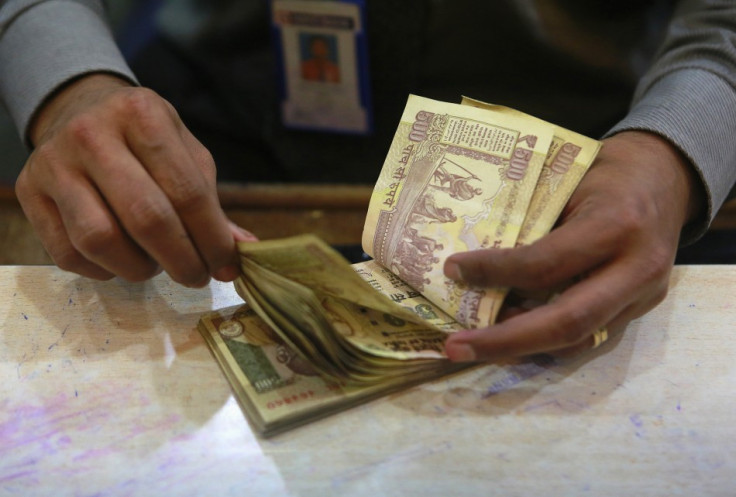Indian Central Bank Pumping 80bn Rupees into Financial System via Government Bond Buyback

India's central bank announced will pump more than a billion dollars' worth of stimulus into its banking system to increase the availability of credit to key sectors, amid worries over the economy's continued slowdown and a weakening of the rupee.
The Reserve Bank of India (RBI) said it will spend 80bn rupees ($1.3bn, €972m, £830m) to buy back long-term government bonds through the open market on 23 August, to bring down borrowing costs through improved liquidity and to ease the flow of credit to businesses and consumers.
RBI's latest move comes a few days after the bank undertook measures to tighten the money supply and stop the slide in the rupee by raising short-term interest rates. As a result of the measures, money market rates are anchored to the marginal standing facility (MSF) rate of 10.25%.
MSF is an ultra-short term borrowing scheme for banks under which they can borrow from the RBI for one day period to meet their liquidity shortfalls by offering government dated securities.
An increase in money market rates normally lead to higher borrowing rates for banks, which would translate to lesser availability of the rupee. This is expected to stem the depreciation of the rupee against foreign currencies.
India's money-tightening measures have also affected long-term interest rates. The 10-year government bond yields rose to 9.48% on Tuesday, the highest since 2001.
"It is important to address the risks to macroeconomic stability from external sector imbalances," the central bank said in a statement.
"At the same time, it is also important to ensure that the liquidity tightening does not harden longer term yields sharply and adversely impact the flow of credit to the productive sectors of the economy."
The bank continued: "The hardening of long term yields has resulted in banks incurring large mark-to-market (MTM) losses in their investment portfolio.
"Since these MTM losses are partly resulting from abnormal market conditions and could be expected to be largely recouped going forward, the Reserve Bank has decided to provide the following prudential adjustments for a limited period."
Sliding Rupee
The Indian rupee has fallen by about 16% against the US dollar since May and has been the worst performing currency in Asia.
That comes amid a rapid slowdown in the country's economic growth and rising budget deficit. India's foreign exchange reserves have come down to a level that it can pay for only seven months of imports. Economic growth slowed to a 5% last year, the slowest rate of expansion in a decade.
There were different opinions regarding the cause of the rupees decline. While some economists blamed the US Federal Reserve's planned scaling back of its massive stimulus programme - worth $80bn a month to markets - others criticised India's mismanagement of its economy.
In order to tackle the slide in the rupee, India announced measures including raising short-term interest rates, capping overseas investment by Indian companies and a weekly auction of government bonds, worth about $3.6bn.
"Going forward, the Reserve Bank will calibrate the issue of cash management bills, including scaling it down as may be necessary, to keep the money market rates around MSF rate until the volatility of rupee eases," the RBI said.
The new measures are likely to "help the rupee positively" as foreign investors are likely to be attracted back to the Indian debt market on the expectation of falling yields, IDBI Bank analyst NS Venkatesh told BBC News.
© Copyright IBTimes 2025. All rights reserved.






















